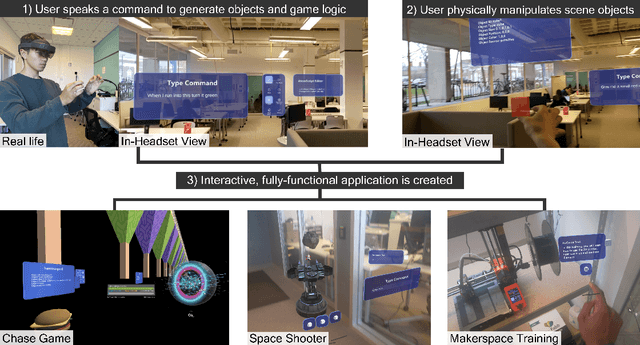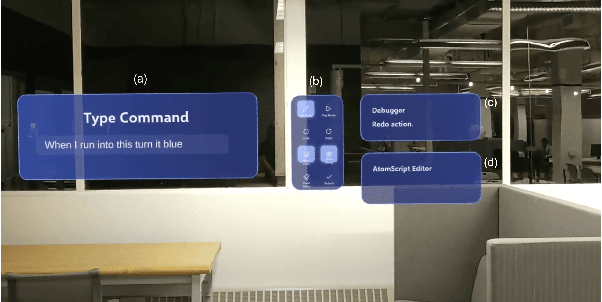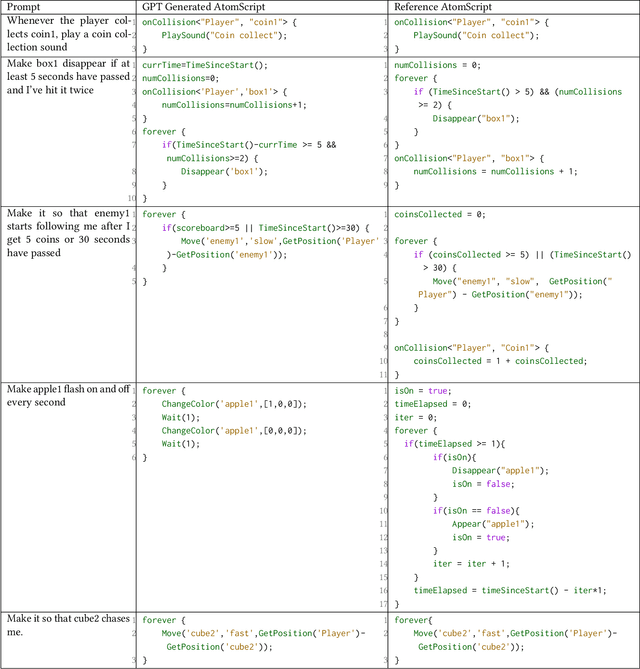Tica Lin
GenLens: A Systematic Evaluation of Visual GenAI Model Outputs
Feb 06, 2024Abstract:The rapid development of generative AI (GenAI) models in computer vision necessitates effective evaluation methods to ensure their quality and fairness. Existing tools primarily focus on dataset quality assurance and model explainability, leaving a significant gap in GenAI output evaluation during model development. Current practices often depend on developers' subjective visual assessments, which may lack scalability and generalizability. This paper bridges this gap by conducting a formative study with GenAI model developers in an industrial setting. Our findings led to the development of GenLens, a visual analytic interface designed for the systematic evaluation of GenAI model outputs during the early stages of model development. GenLens offers a quantifiable approach for overviewing and annotating failure cases, customizing issue tags and classifications, and aggregating annotations from multiple users to enhance collaboration. A user study with model developers reveals that GenLens effectively enhances their workflow, evidenced by high satisfaction rates and a strong intent to integrate it into their practices. This research underscores the importance of robust early-stage evaluation tools in GenAI development, contributing to the advancement of fair and high-quality GenAI models.
AtomXR: Streamlined XR Prototyping with Natural Language and Immersive Physical Interaction
Nov 19, 2023



Abstract:As technological advancements in extended reality (XR) amplify the demand for more XR content, traditional development processes face several challenges: 1) a steep learning curve for inexperienced developers, 2) a disconnect between 2D development environments and 3D user experiences inside headsets, and 3) slow iteration cycles due to context switching between development and testing environments. To address these challenges, we introduce AtomXR, a streamlined, immersive, no-code XR prototyping tool designed to empower both experienced and inexperienced developers in creating applications using natural language, eye-gaze, and touch interactions. AtomXR consists of: 1) AtomScript, a high-level human-interpretable scripting language for rapid prototyping, 2) a natural language interface that integrates LLMs and multimodal inputs for AtomScript generation, and 3) an immersive in-headset authoring environment. Empirical evaluation through two user studies offers insights into natural language-based and immersive prototyping, and shows AtomXR provides significant improvements in speed and user experience compared to traditional systems.
 Add to Chrome
Add to Chrome Add to Firefox
Add to Firefox Add to Edge
Add to Edge